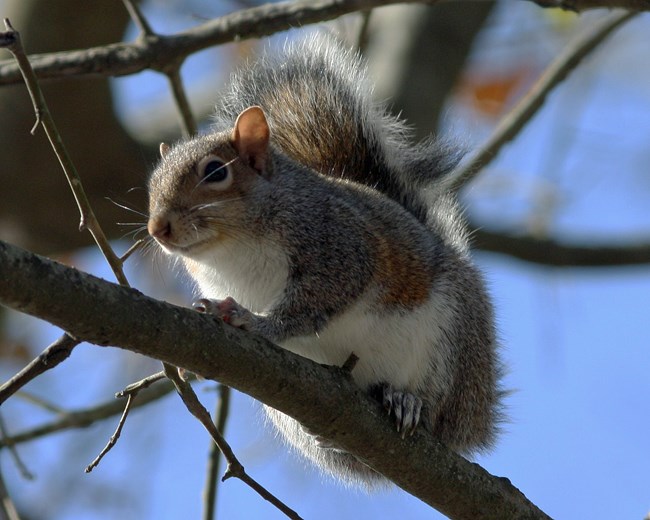
NPS While some of the park’s mammals are conspicuous, others can be trickier to spot. Rodents such as mice, shrews, and voles thrive here; and many mammals are nocturnal and emerge at nighttime, including foxes, bobcats, skunks, and raccoons. Not all of Ocmulgee’s mammals walk along the ground. Bats are the world’s only flying mammal and are an important part of the park’s nocturnal animal community. If you keep a sharp eye out, you can spot several bat boxes through the park that provide helpful homes for our six bat species. Mammals have several important roles in the park’s ecosystem. Rodents help keep the plant and insect populations from overpopulating and are themselves food sources for the various bird and reptile species here. Deer and other herbivores help keep plants from overgrowing and choking out other plant and animal species in the park’s various habitats. Whether big or small, mammals are valuable members of the park’s ecological community. Find the full checklist of the park’s 32 mammals here. |
Last updated: May 14, 2024
